Celery seeds are an integral ingredient in a wide variety of dishes, but finding them may at times be challenging. Fresh celery, celery salt, dried celery flakes, fresh dill, parsley, and star anise are some of the options available to you if you are looking for a substitute for celery seed. You might also use other seeds in place of celery seeds, such as dill seed, caraway seed, fennel seed, Nigella sativa seed, lovage seed, or coriander seed, for example.
You need to make sure that you select the appropriate substitute for the meal that you are preparing since not all substitutes for celery seed are appropriate for all recipes.
1. Fresh Celery Stalk or Leaves
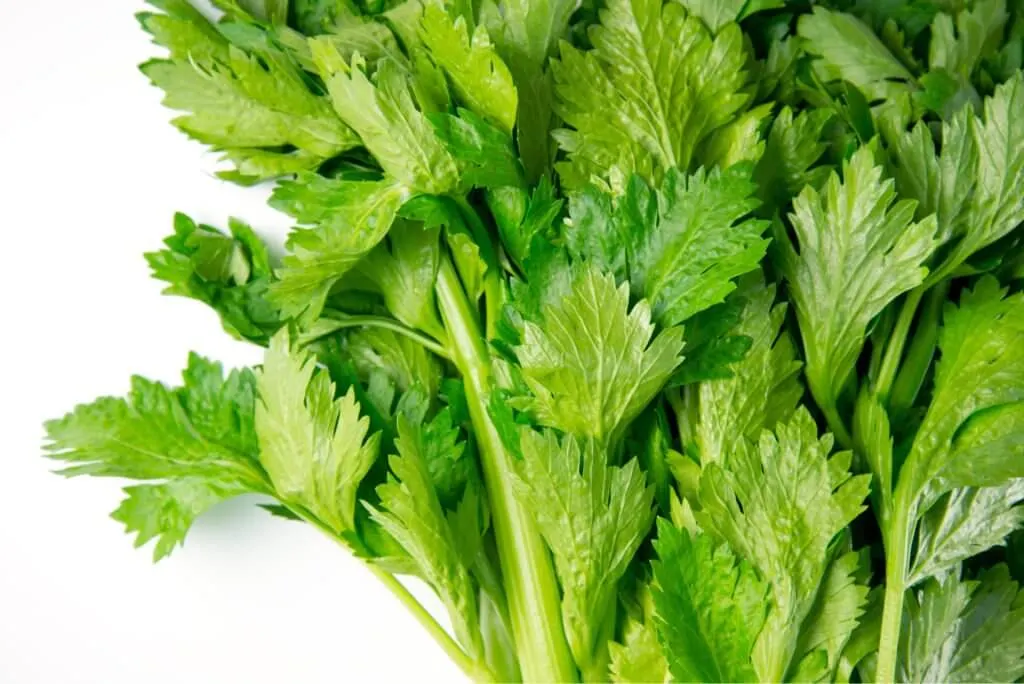
Its flavor and perfume are quite similar to those of celery seed, which is why fresh celery is considered to be the greatest alternative to celery seed. Celery and celery seed has a flavor and aroma that are comparable to one another, but that is the extent of their similarity.
In contrast to the celery seed, which is much smaller and has a crunchier texture, the fresh celery leaf and stalk are rather large and have a fibrous quality to them.
If you want to utilize the celery leaves and stalks instead of celery seeds, then you will need to cut them very finely. This is because of the reason stated above. You may use celery seed instead of celery in practically any recipe, as long as you remember to adjust the cooking time appropriately.
Be aware, however, that the flavor of celery seed is more pronounced than the flavor of fresh celery. Because of this, the recipe calls for one-half teaspoon of celery seed to be replaced with two tablespoons of finely chopped celery leaves and ribs.
2. Celery Salt
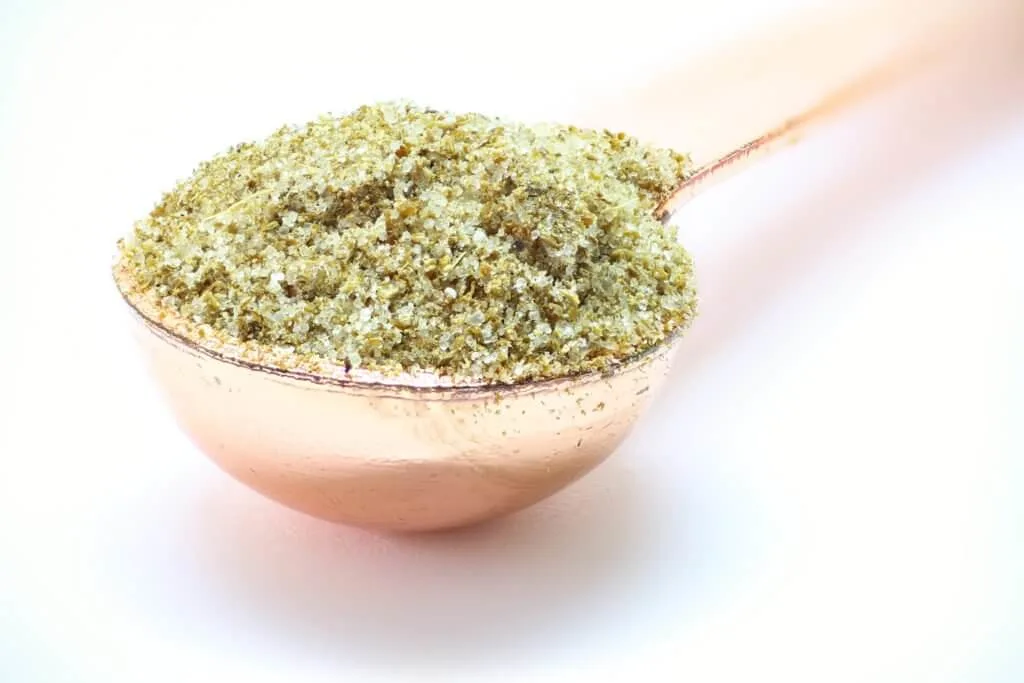
Another great substitute for replacing celery seeds is celery salt. Salt and powdered celery seed are combined in a ratio of 2:1 to create this spice blend. Unfortunately, you can only use it as a substitute for celery seed in recipes that also require salt. On the other hand, celery salt is not difficult to locate at the store, although celery seed is more likely to be difficult to locate.
It is preferable to use celery salt as a celery seasoning in liquid dishes such as casseroles, stews, soups, and sauces. These types of recipes call for the most liquid. However, it may also be utilized as a seasoning for seafood, coleslaw, chicken salad, potato salad, and sausages.
Replace each teaspoon of celery seed called for in the recipe with one teaspoon of celery salt, and feel free to add more if you so like. Remember to modify the amount of salt that is called for in the recipe so that you do not end up with a meal that is too salty. Simply lower the amount of regular salt by the same amount that you increase the amount of celery salt.
3. Celery Flakes or Dried Celery
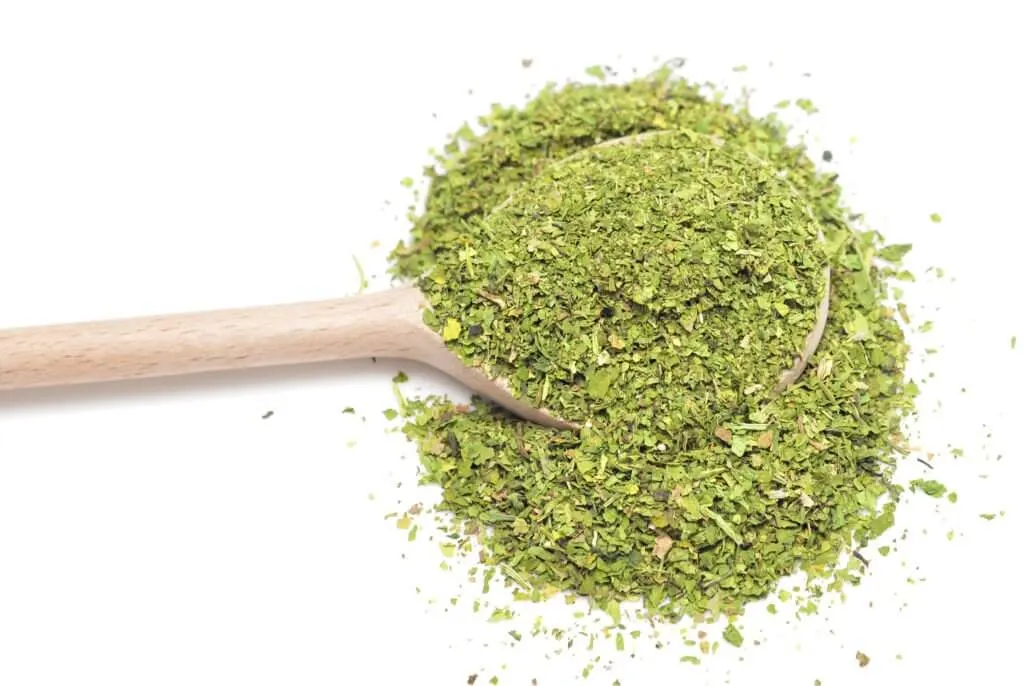
Celery flakes are little bits of dried celery leaves and stalks that have been broken up into flakes. These celery flakes can be used in cooking or eaten on their own. Due to the fact that they possess a more robust flavor than fresh celery, celery flakes are an even more suitable substitute for celery seed.
Curry, casseroles, soups, salads, stir-fries, and even sauces are all excellent candidates for the use of dried celery flakes. Celery flakes are most effective when used in recipes that need a lengthy cooking period so that the flakes may release more of their flavor. It is recommended that you use three tablespoons of celery flakes for every teaspoon of celery seed that is called for.
Unfortunately, celery seed does not have the same appearance as dehydrated celery, thus the dish will not look the same if you use either one. If the visual appeal of the meal is really important to you, you may ground your celery flakes into celery powder to get the desired effect. After that, all you have to do is substitute one teaspoon of celery powder for each teaspoon of celery seed that is required.
4. Dill Seed
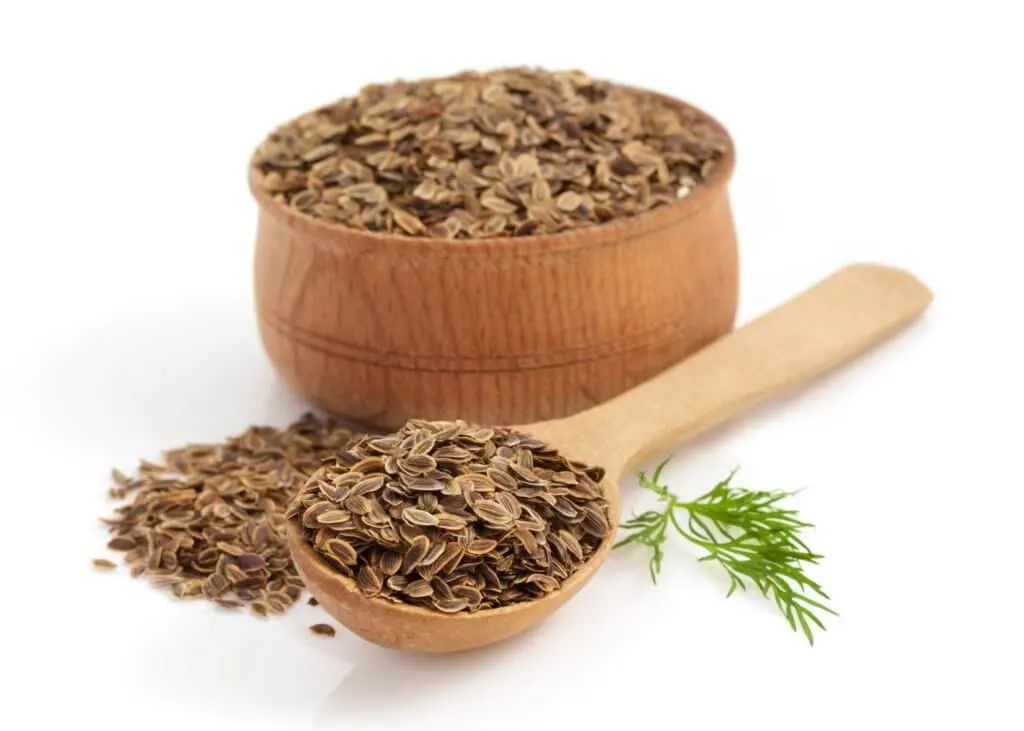
One of the most effective replacements for celery seed on the market is dill seed. It has a taste that is subdued, earthy, and peppery, and its texture is comparable to that of celery seed. However, they do not have the same appearance. In contrast to the tight and elongated shape of the celery seed, the dill seed has a wider and flatter appearance.
However, despite the fact that they seem different, dill seed may be used in place of celery seed in a variety of dishes, including salads, dressings, shellfish, meats, and bread. Additionally, dill seeds can be used as a substitute for celery seeds in pickling recipes with excellent results.
Maintain a ratio of one part dill seed to one part celery seed when substituting one for the other. Use one teaspoon of dill seed instead of celery seed, for instance, if the recipe asks for one teaspoon of celery seed. Be aware that heating dill seeds enhance both their perfume and flavor, so if you want to get the most out of them, you should toast them before using them.
5. Fresh Dill
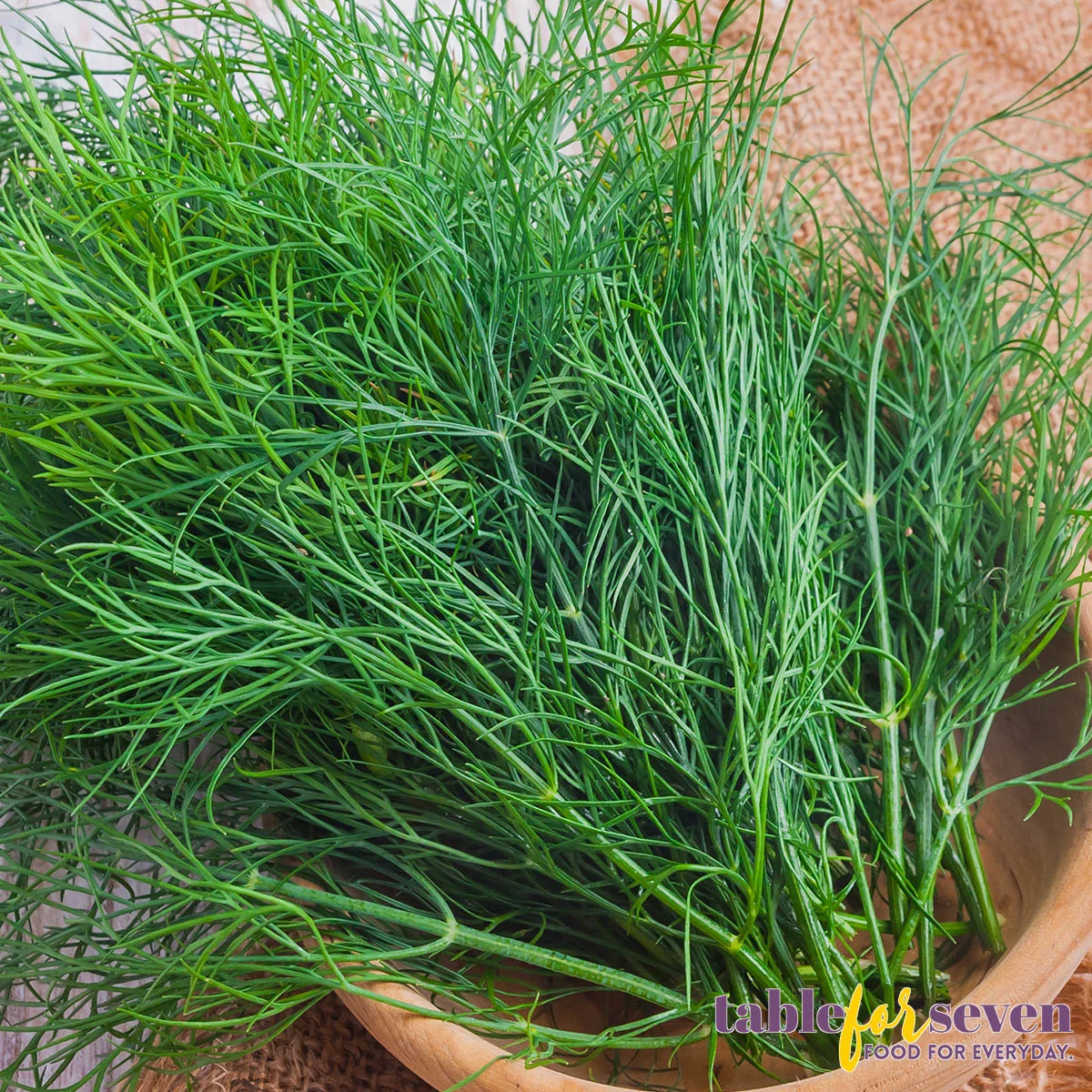
You may also use fresh dill as a substitute for celery seeds if you do not have any of the seeds available. Fresh dill has a taste that is comparable to that of celery seed, however, there is a trace of grassiness to the fresh herb.
In contrast to dill seed, dill weed undergoes a greater reduction in both flavor and scent the farther it is cooked. It gets less aromatic and has a bitter flavor. As a result, you should wait until the very end of the cooking process to include it.
In soups, pickles, and other recipes using fish, fresh dill can be used in place of celery seed. You can also use dill weed in a salad because it pairs nicely with vegetables and is versatile in its application. Use one teaspoon of chopped dill weed in place of each necessary teaspoon of celery seed.
6. Caraway Seed
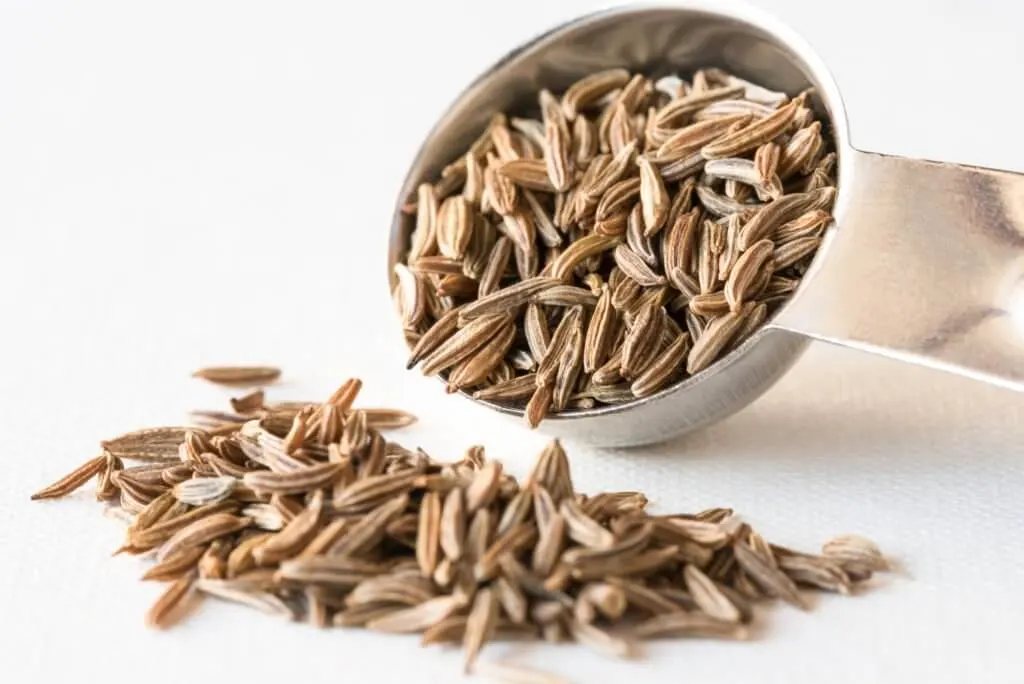
Caraway seed is yet another good substitute for celery seed that, when utilized, results in an explosion of flavor. It has a somewhat bitter, nutty flavor that is reminiscent of celery seeds, and it is slightly crunchy in texture. Caraway seeds and celery seeds both have a black tint, however, caraway seeds are much longer than celery seeds.
Caraway seed is a great substitute for celery seed in a variety of dishes, including coleslaw, soups, salads, sausages, curries, and meat rubs. It will also work nicely in dishes of a similar nature when the earthy flavor of celery seed is called for. Be aware, though, that caraway has undertones of anise, which may make it incompatible with some foods.
A 1:1 ratio should be used when substituting caraway seeds for celery seeds. As an illustration, make use of 1 teaspoon of caraway seed for every teaspoon of celery seed that is required.
7. Fennel Seed
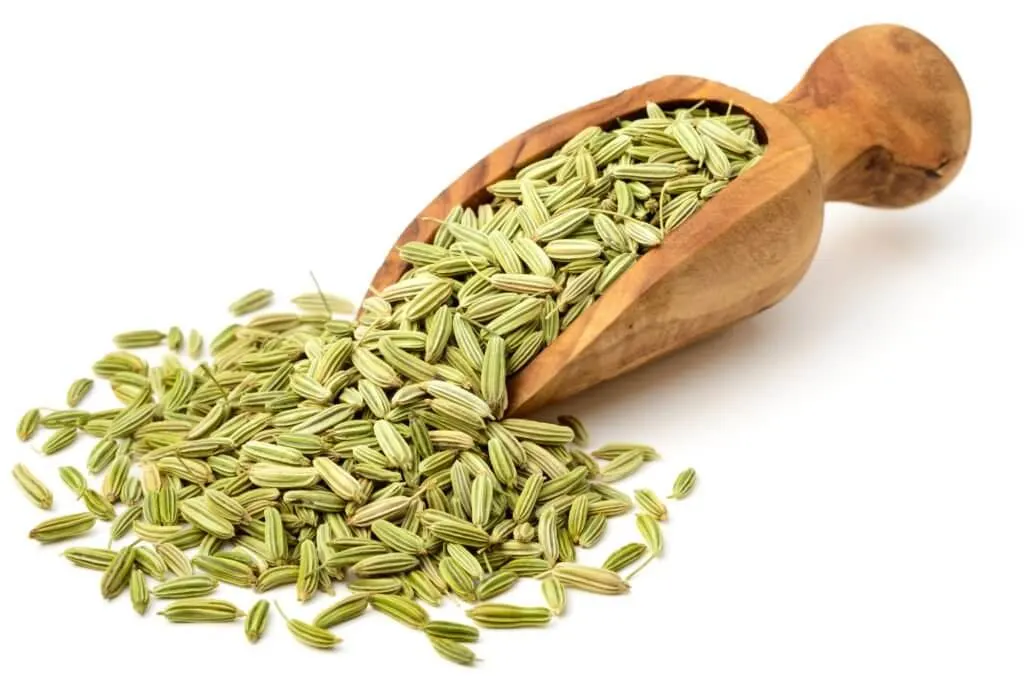
The flavor of fennel seed is described as being spicy, sweet, and savory all at once. Although it has more of a flavor resemblance to star anise than celery seed, you may still use it as a substitute for celery seed in recipes. When used as a substitute for celery seed, fennel seed has the same crunch as celery seed, which ensures that the dish maintains the same consistency in its texture even if the two seeds do not have the same flavor.
You may use fennel seed in place of celery seed in any dish that calls for celery seed, including casseroles, stews, soups, curries, barbecue marinades, certain pickles, and some salads. When you add fennel seed to your cuisine, you’ll be able to smell the licorice flavor as well as taste it. Fennel seed has a very high aromatic content.
Fennel seed can be used in lieu of celery seed in recipes by substituting 1 teaspoon of fennel seed for every 1 teaspoon of celery seed that is called for in the recipe.
8. Nigella Seed
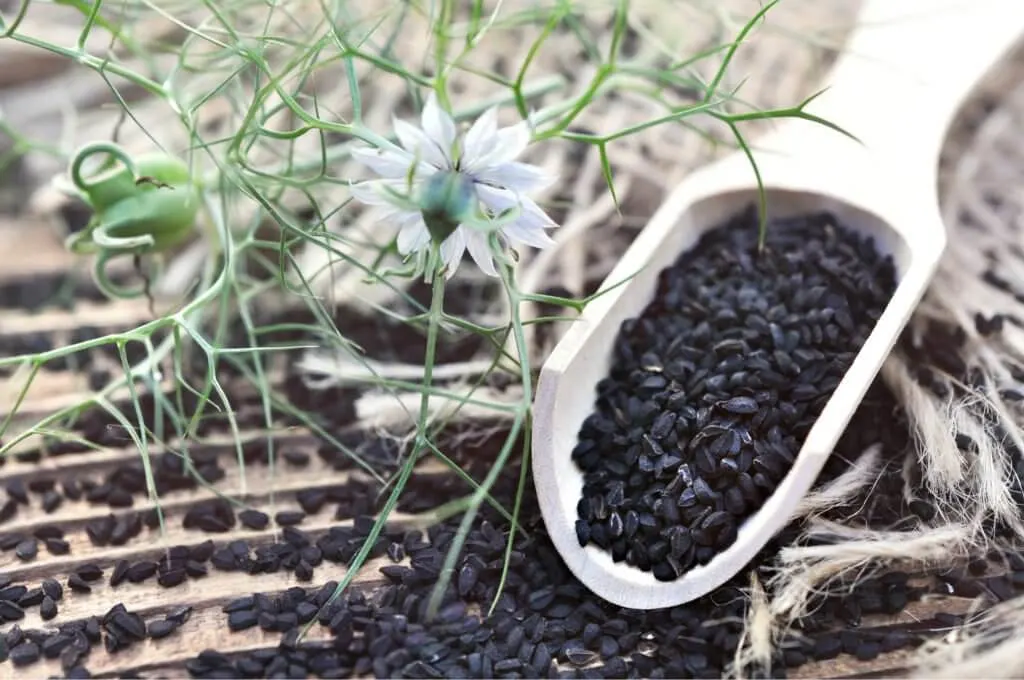
Nigella seed often called black cumin, black seed, or kalonji is an additional excellent substitute for celery seed. Some people get it confused with real fennel since it originates from the flower of the Nigella sativa plant, which is also called the “fennel flower” at times. Nigella sativa seeds and fennel seeds, on the other hand, have a flavor that is entirely distinct from one another.
The flavor of nigella seed is described as being somewhat nutty, and bitter, with undertones of onion and oregano, and it has a strong scent. You may use nigella seed in place of celery seed in a variety of dishes, including coleslaw, soups, stews, curries, sauces, bread, and baked goods. Although nigella seeds are dark in color and shaped like teardrops, the aesthetic of your dish won’t be drastically altered by their addition.
In order to use it in lieu of celery seed in a recipe, just substitute each teaspoon of celery seed that is called for with one teaspoon of nigella seed.
9. Lovage Seed
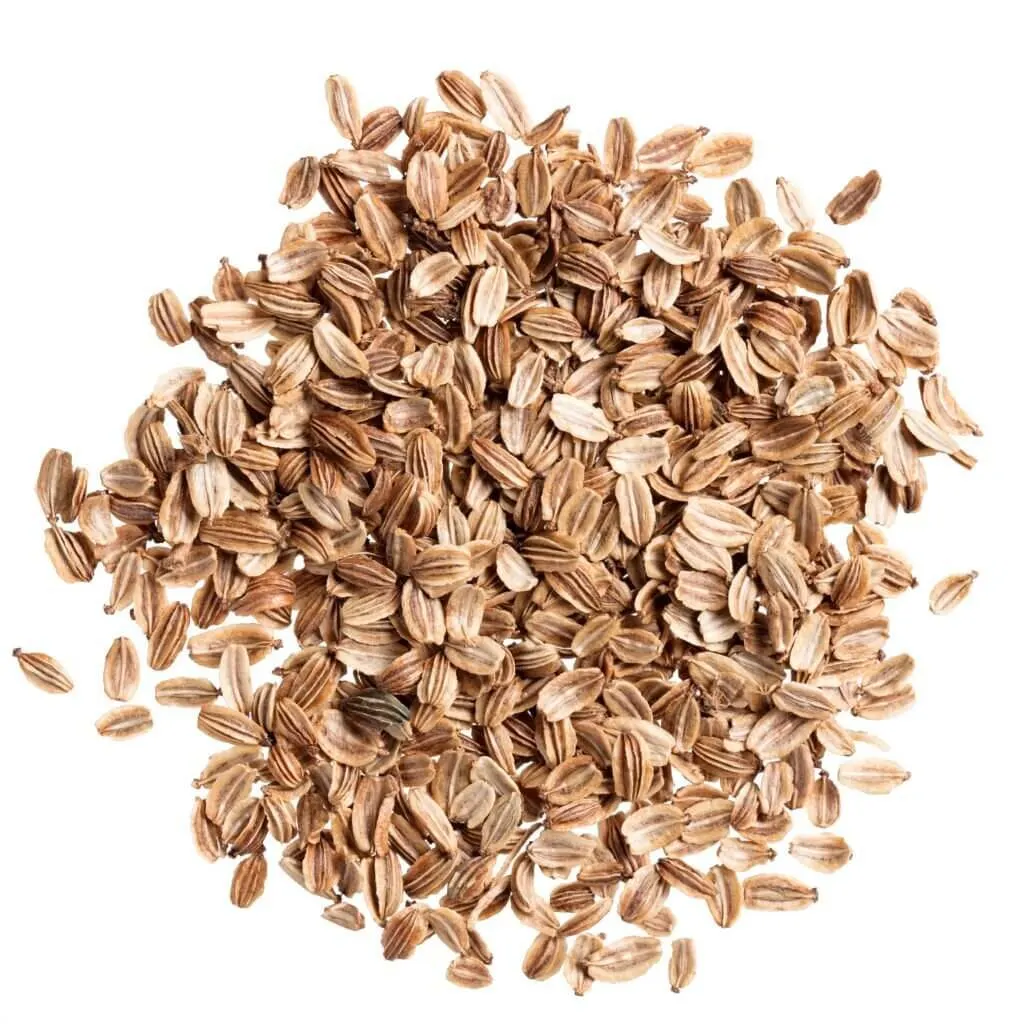
The plant known as lovage, which is sometimes known as wild celery, is a member of the same family as celery. If you are able to get it, it is a fantastic substitute for celery since it tastes, smells, and seems just like a vegetable. As a result of this, it follows that lovage seed is an excellent substitute for celery seed.
You may use whole or ground lovage seeds in a variety of applications, including sauces, salad dressings, dry rubs, bread, and pickling liquids. In the meanwhile, its leaves and stems can be used to provide a flavor similar to celery to dishes such as soups, stews, and salads. Be aware, however, that, unlike celery seed, lovage seed possesses a flavor of anise and lemon, in addition to a faint bitterness. It isn’t overbearing, but if you plan to use a lot of it in your meal, the flavor may be affected negatively as a result.
Use one teaspoon of lovage seed in place of each teaspoon that would normally be allocated to celery seed. If you have access to fresh lovage, you may also use the leaves of that herb in its substitute. You will need around four teaspoons’ worth of finely chopped lovage leaves if the recipe calls for one teaspoon’s worth of celery seed.
10. Coriander Seed
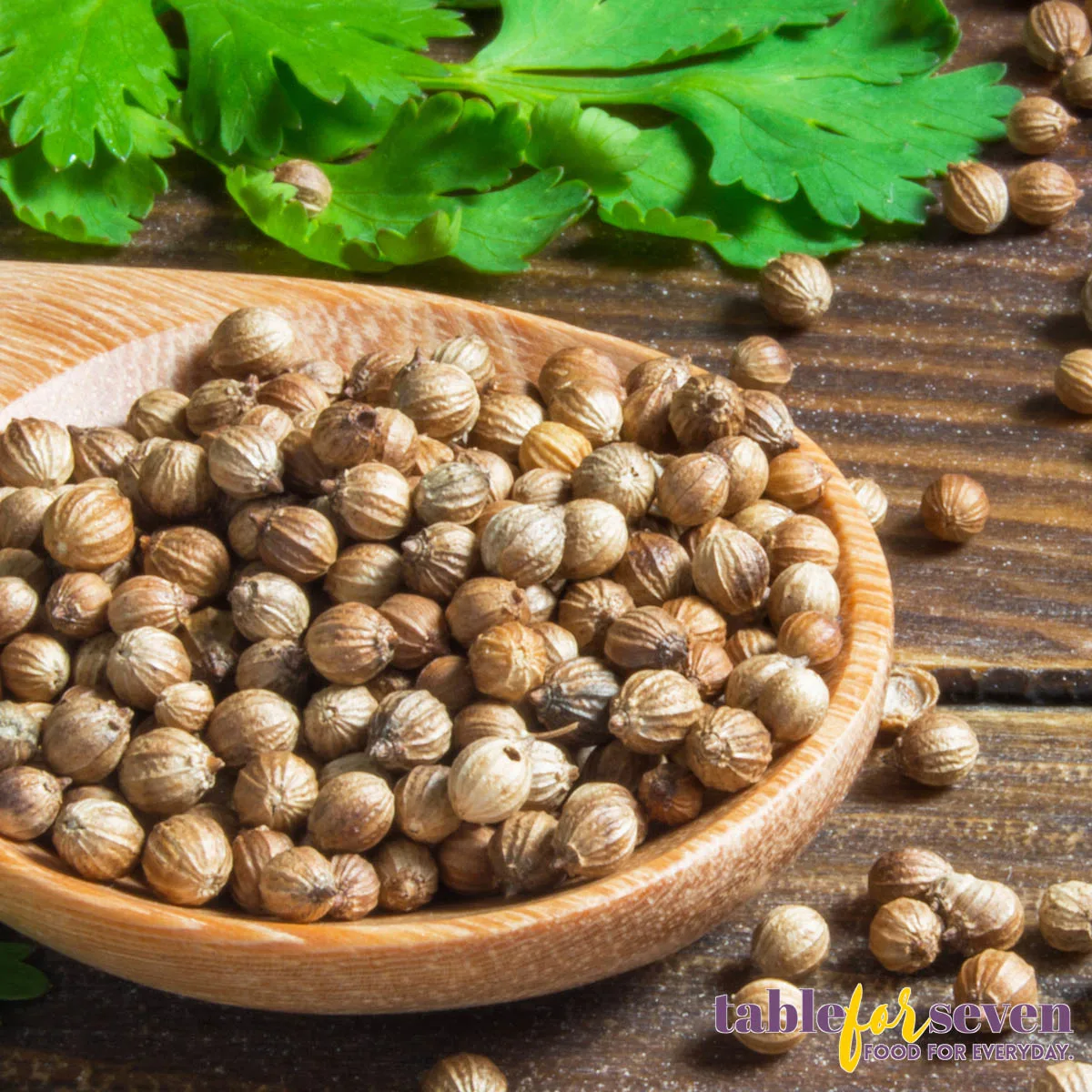
Another excellent option for a substitute for celery seed is coriander seed. It has a taste that is toasty, nutty, and earthy like celery, and its texture is as crisp as that of celery seed. In addition to that, it has a mouthwatering aroma, one that is slightly sugary and tangy at the same time. Coriander seeds, on the other hand, have a more rounded shape and are somewhat bigger in size than celery seeds.
Coriander can be used in place of celery seed in a variety of dishes, including pickles, curries, stews, marinades, and spice blends. In salads, soups, and stir-fries, coriander leaves (cilantro) can stand in for celery seed if you don’t have any of the seeds available. Alternatively, you can use celery seed.
To substitute one teaspoon of celery seeds with the equivalent amount of coriander seeds, you will need to use one teaspoon of each ingredient.
11. Parsley
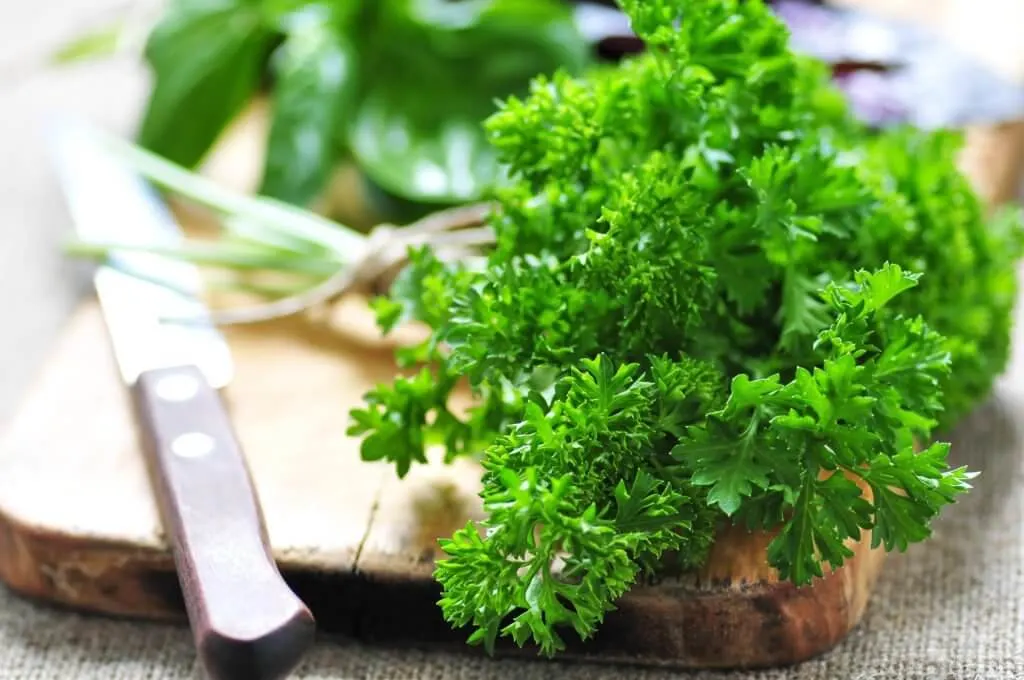
Because parsley comes from the same plant family as celery, even if it isn’t a seed or a specific type of celery, you may still use it as a substitute for celery seed. It is peppery, somewhat bitter, and sharp in flavor, with a note of earthiness that is reminiscent of celery.
Even though it does not have the robust taste of cooked celery, parsley may be used quite well as a substitute for celery seed in a variety of dishes, including soups, stocks, sauces, and even certain salads. However, the flavor could be excessively harsh or oily for some people’s tastes. Parsley is a good choice if you want a taste reminiscent of herbs.
If you want to use it as a substitute for celery seed, you may do so by substituting one teaspoon of celery seed with three tablespoons of minced parsley.
12. Star Anise
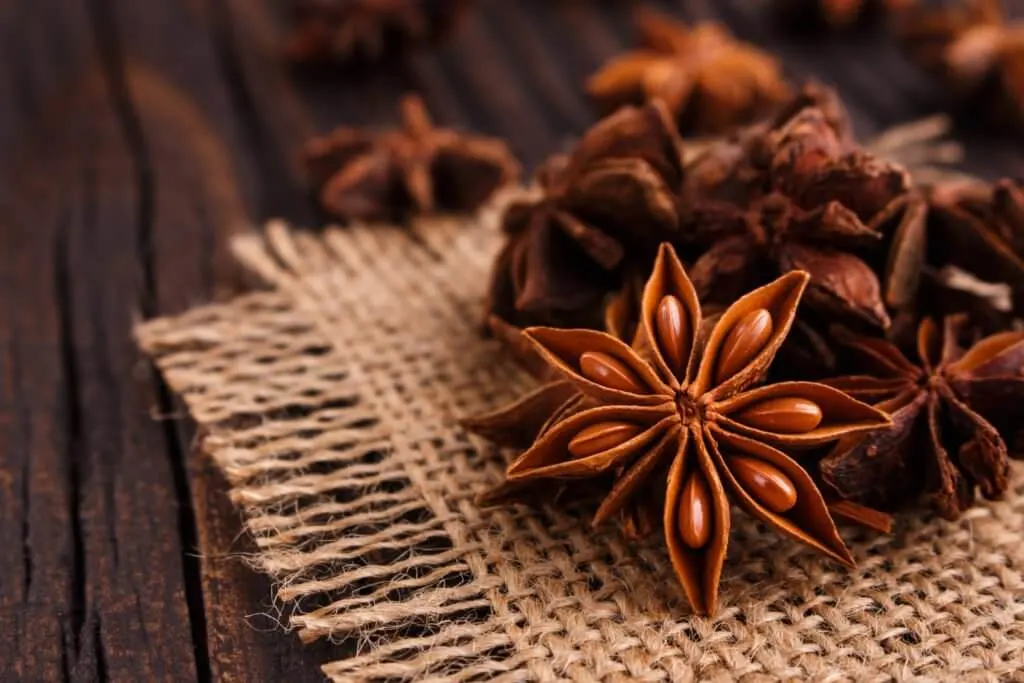
One further alternative for a celery seed substitute that is easily accessible is star anise. In Chinese cooking, the spicy, somewhat sweet, and licorice-like flavor of this ingredient is highly prized. It has a distinct appearance, looking like a star with six to eight points, and each of those points has a little seed inside of it.
Although it is most commonly utilized in savory recipes, star anise is also sometimes employed in the baking and tea-making processes. To get the most flavor out of it, use it in its whole form in liquid dishes like stews, soups, and braising broths. Before serving the meal, make sure that the whole star anise is removed from the dish. Therefore, you will need to grind it before using it in any other recipes, as this is the only way to use it.
Star anise has a strong flavor, just like celery seed does; thus, when using it in place of celery seed, you should remember to use a smaller quantity. Use one-half teaspoon of star anise for every teaspoon of celery seed that the recipe calls for so that it does not compete with the dish’s other tastes.
13. Ginger
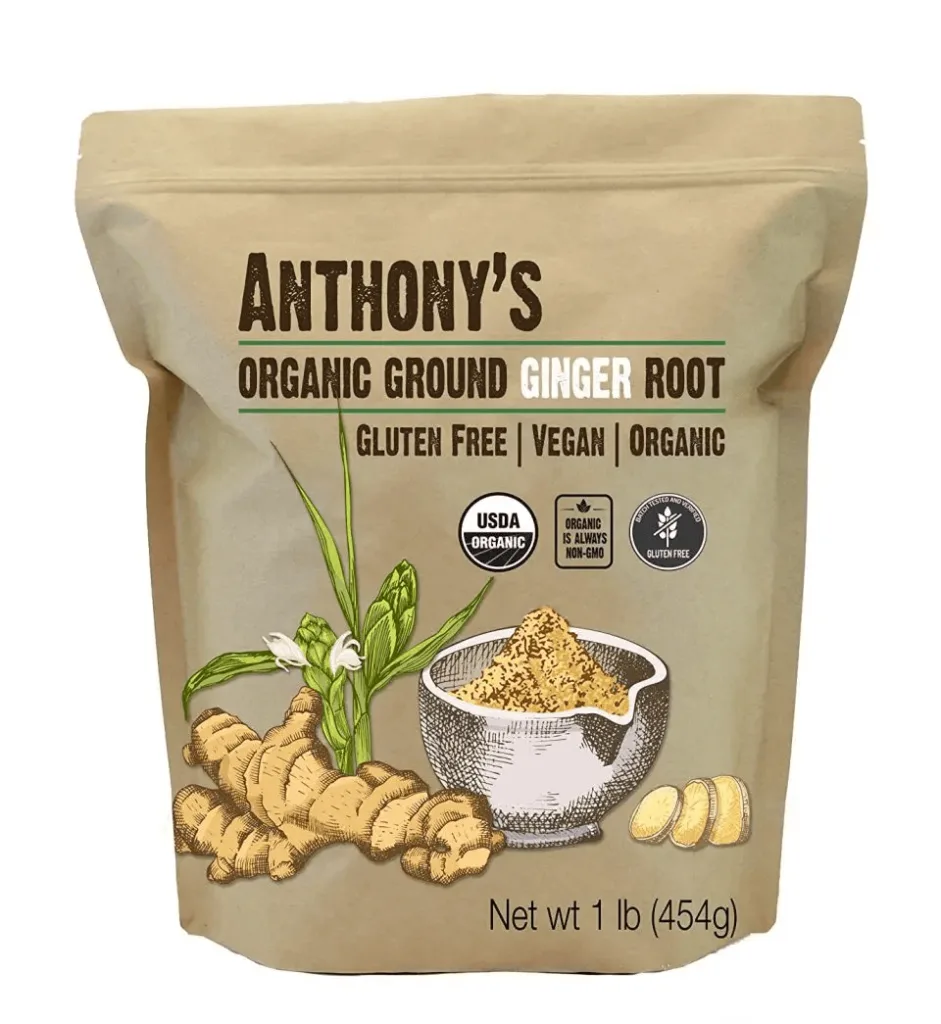
Ginger is a spice that is used extensively as well as a component in traditional medicine. It has a pungent taste and a robust flavor, and it is considered to be one of the fundamental spices in Asian cookery.
It may be utilized in a number of different forms, such as young and juicy rhizomes, mature and fibrous rhizomes, or crushed ginger root, which can be used as a substitute for fresh ginger at a ratio of six to one.
14. Turmeric
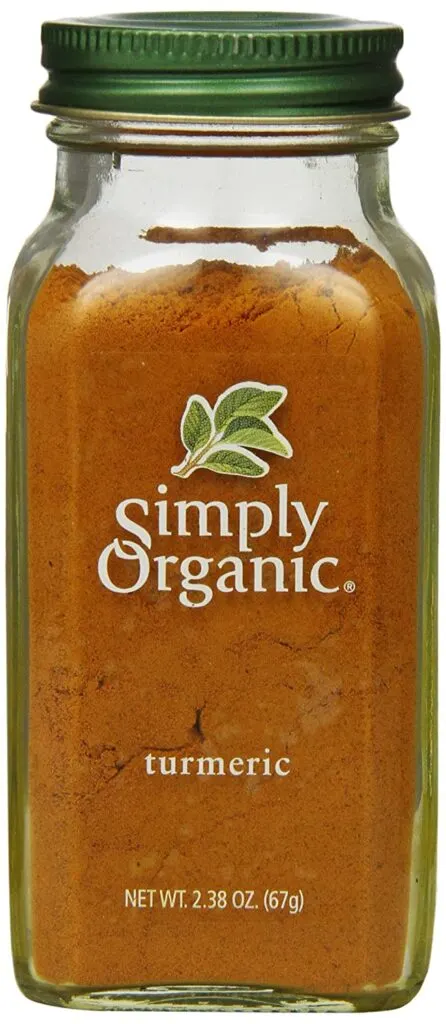
Turmeric is another rhizome spice that gives food a mustard-like, earthy, and pungent scent. It is frequently used with ginger in many dishes that take their inspiration from Asian cuisine. Additionally, it makes any meal a beautiful golden yellow tint.
In the same way that ginger may be used fresh or dried, turmeric is the main ingredient of curry powder. Ginger can also be utilized.
